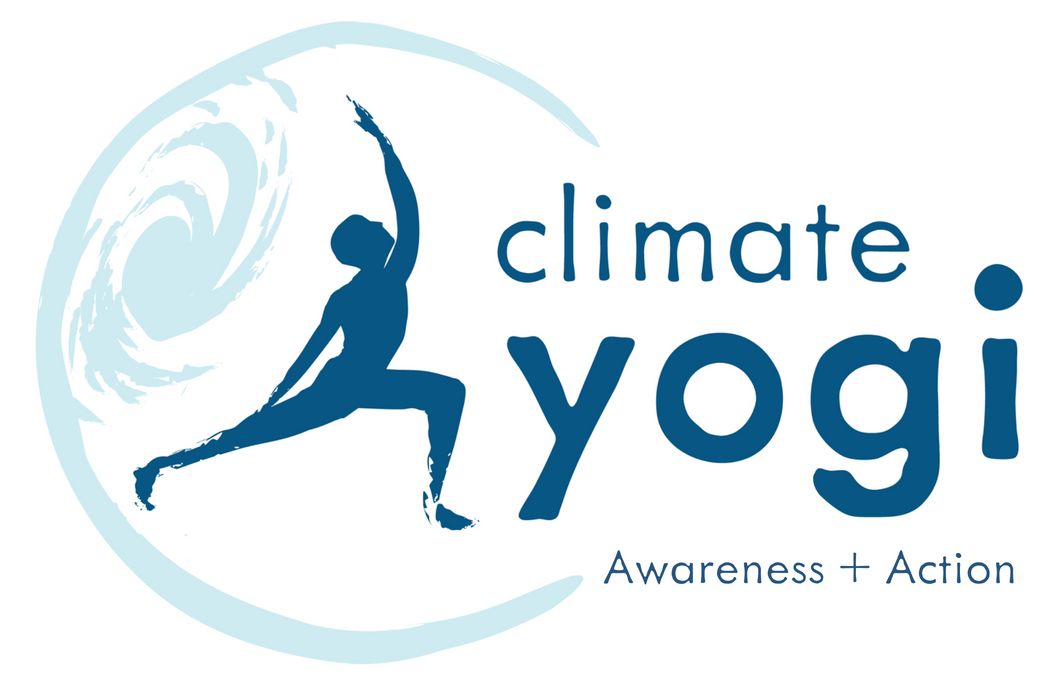
Acting on climate change is a long-term commitment. Globally, we need to end emissions from fossil fuels that add more and more carbon dioxide into the atmosphere. This will take time, and concerted action. We can begin by taking responsibility for our individual contribution. The process to move toward zero emissions has three parts:
1. Understand your carbon footprint
2. Reduce your carbon footprint as much as possible
3. Purchase carbon offsets for the remaining emissions (the smaller footprint)
Understand Your Carbon Footprint

The average American is estimated to account for 17 tonnes of carbon dioxide emissions each year (a tonne is 1,000 kilograms, or 2,205 pounds). Key factors in your carbon footprint are how much you drive (and what kind of vehicle), how much you travel by air, how your electricity is generated, and how your home is heated. Understanding your carbon footprint is the starting point for determining the most effective actions you can take to reduce your impact on the climate.
take Action:
A good first step is to make a list of the ways that you know you use fossil fuels. These include gas or diesel powered vehicles, air travel, electricity (if your utility uses coal or natural gas to generate electricity), propane or natural gas for cooking and heating. Understanding your fossil fuel use gives you a starting point to reduce it, and helps you understand the actions needed to reduce fossil fuel use throughout society.
If you’re interested in a detailed estimate of your own carbon footprint, you can use the carbon footprint calculator. Here are two good ones:
The Nature Conservancy Footprint Calculator
The U.S. Environmental Protection Agency Footprint Calculator
Reduce Your Carbon Footprint

There are two general ways to reduce your carbon footprint:
1. When possible, replace devices that use fossil fuels with electric ones, using electricity from clean, renewable sources like wind and solar. For example:
Make your next car an electric car
Replace gas lawn mowers, leaf blowers, etc with electric ones
Replace gas appliances with electric ones
These options will be more available to some people than others. It might be years before you find that an electric car will meet your needs (they are excellent now and steadily improving) - but remember, solving climate change is a long term project. Do what you can, when you can.
2. Until you can replace fossil fuel use, reduce it as much as practical. For example:
Drive less, walk or bike more when possible
Switch to a more fuel efficient vehicle
Fly less
Eat less meat, and eat more local food
Make your house more energy efficient
Purchase Carbon Offsets

Because our society is so dependent on fossil fuels for energy - especially for transportation and electricity generation - even with the best efforts to reduce fossil fuel use it will be difficult to reduce your carbon footprint to zero. Carbon offsets offer a way to mitigate the impact of emissions from fossil fuels.
Carbon offsets support projects that prevent emissions or remove carbon dioxide from the atmosphere. They are sold in units of 1 tonne (1,000 kilograms or 2,205 pounds) of carbon dioxide, and generally cost $10-15 per tonne. At $10 per tonne, it would cost $170 a year to offset the 17 tonnes of emissions for the average American.
ClimateYogi recommends CoolEffect.org as a source of carbon offsets. Cool Effect has a variety of projects you can choose from, many of which directly improve the lives of people in addition to offsetting carbon emissions. For example, one project in rural India, which produces clean biogas for cooking from animal waste not only reduces carbon pollution but also helps the local community of Bagepalli, India power their homes with clean energy and helps provide jobs and financial support for residents.
